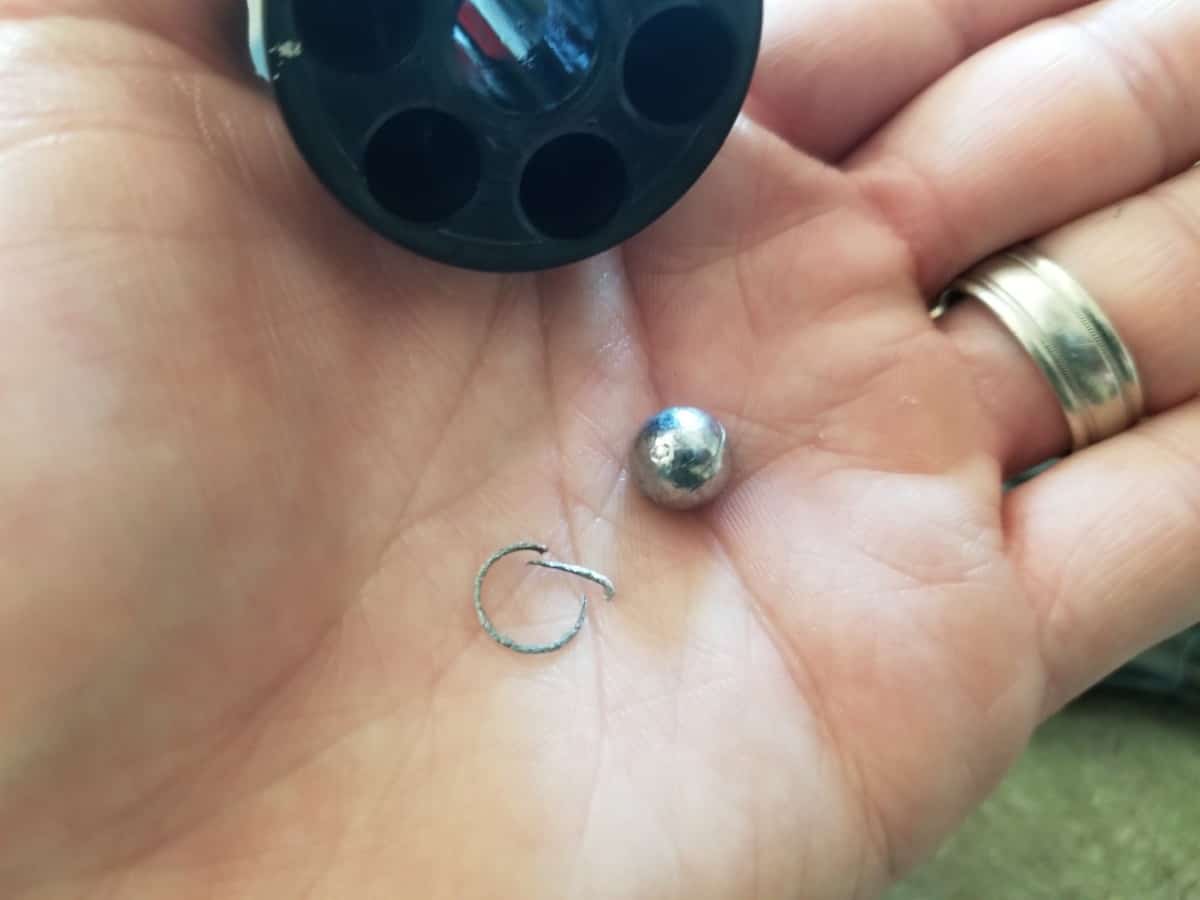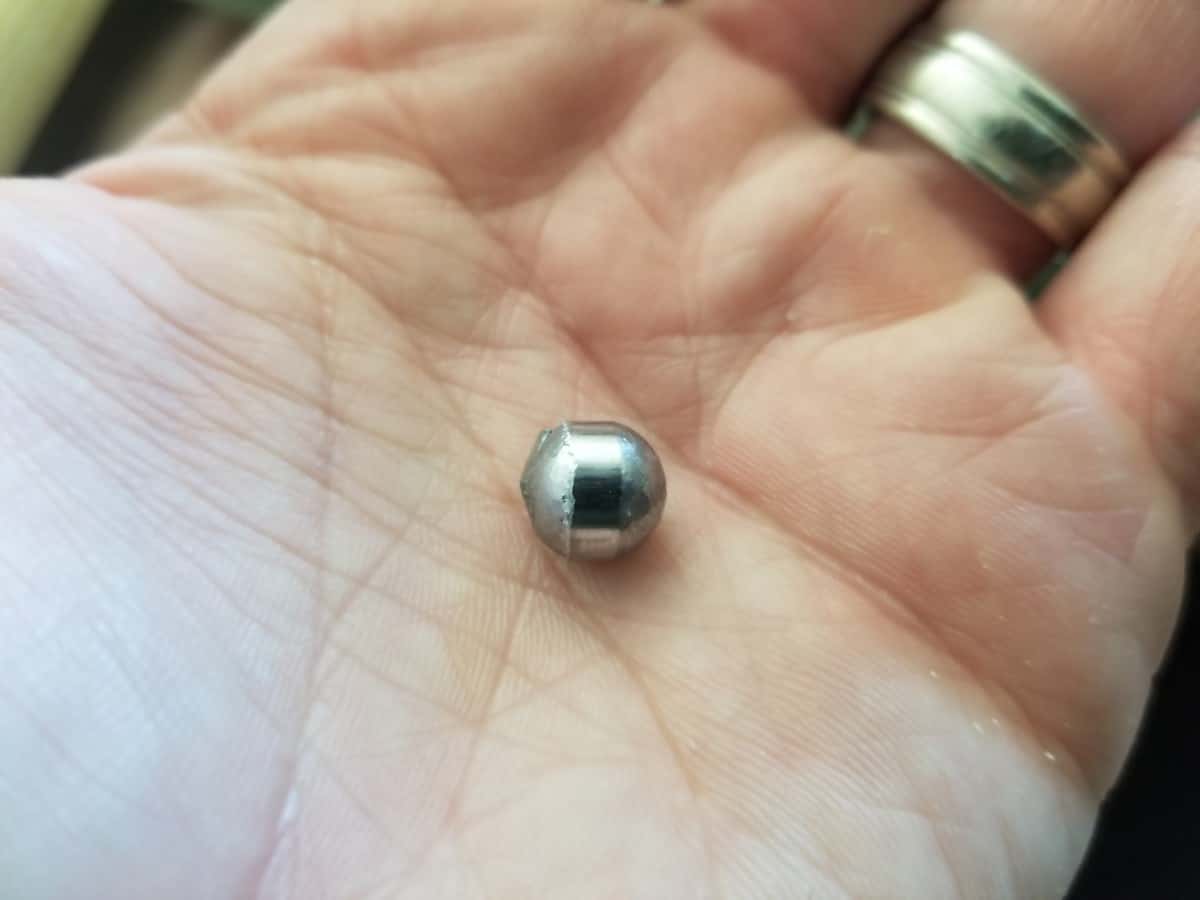Usually, most people put the cart before the horse when it comes to their first black powder revolver purchase. What I mean is that people generally buy the revolver before the loading accessories.
One of the most common inquiries is, naturally, what size round ball to use in a particular revolver. Any online site will have dozens of sizes and
Common black powder revolver round ball diameters will measure 0.380″ for 36 caliber, 0.454″ for most 44 caliber models, and 0.323″ for the less common 31 caliber models. Having slightly overly-sized round balls for a black powder revolver ensures a perfect chamber seal.
Let’s take a quick look at why we use a larger diameter round ball for revolvers and not for rifles or muskets, as well as what would happen if we didn’t.
Use a Diameter Larger Than the Caliber of the Revolver
You may have noticed that at black powder rifles and muskets use a round ball that is slightly smaller than the actual bore diameter. This is because the balls are usually rammed down with a lubricated patch (cotton) that cradles the round ball on its way down the barrel.
This is not the case with black powder revolvers and would actually be extremely dangerous.
Black powder revolvers must have a round ball that is slightly larger in diameter than the caliber of revolver itself. This is for safety reasons.
Round Ball Size (Diameter) for Black Powder Revolvers
| Caliber | Minimum Size | Typical (Recommended) Size |
|---|---|---|
| .31* | .320" | .320" / Single "0" Buckshot, or .323" |
| .36 | .375" | .38" |
| .44 | .451" | .454" |
I prefer the largest diameter option for any given caliber to minimize the possibility of chain-fire through an ill-fitting load.
A cap and ball revolver must have perfectly sealed chambers within the cylinder to prevent chain fire which can be devastating to the revolver or to the shooter.
Chain fire occurs when you fire one round and the burning powder is able to come into contact with powder charges in neighboring chambers due to a loose-fitting or improperly sized round ball.
If you have a round ball that is slightly over-sized, you will be rewarded with a shaved lead ring with each and every load. You can see what I mean with the pictures below.


Use of an Equal Diameter Round Ball to the Caliber
If you were to use an equal or smaller sized round ball to a particular revolver caliber, the best case scenario would be that the ball would simply roll out before you have a chance to fire it.
The worst case, as we mentioned above, would be to experience a chain-fire event in the neighboring chambers. When the neighboring chambers are inadvertently fired, they are not in line with the barrel.
They will fire down the side of the firearm and if the bottom one fires it can certainly destroy the frame of your revolver — to say nothing of your hand.
If all you have are smaller diameter rounds or rounds that are equal to the size of the caliber of the revolver, I recommend only loading and firing one round at a time.
Also note that your accuracy will be greatly diminished the further you shoot with an ill-fitting round ball since the ball will not take up the entire space within the cylinder and barrel and will be more apt to “bounce around” for lack of a better term and the rifling will be less than a proper fitting round ball.
How Many Round Balls per Pound of Lead
If you’re looking to cast your own round balls to be the proper diameter for your revolver, I made a table on this post which will show you how many round balls you can expect per 1 pound of lead. If you don’t see your caliber or diameter, I have a formula that you can use to find your particular size!
Thank you for checking out this post, and if you found it helpful I would greatly appreciate a share!
